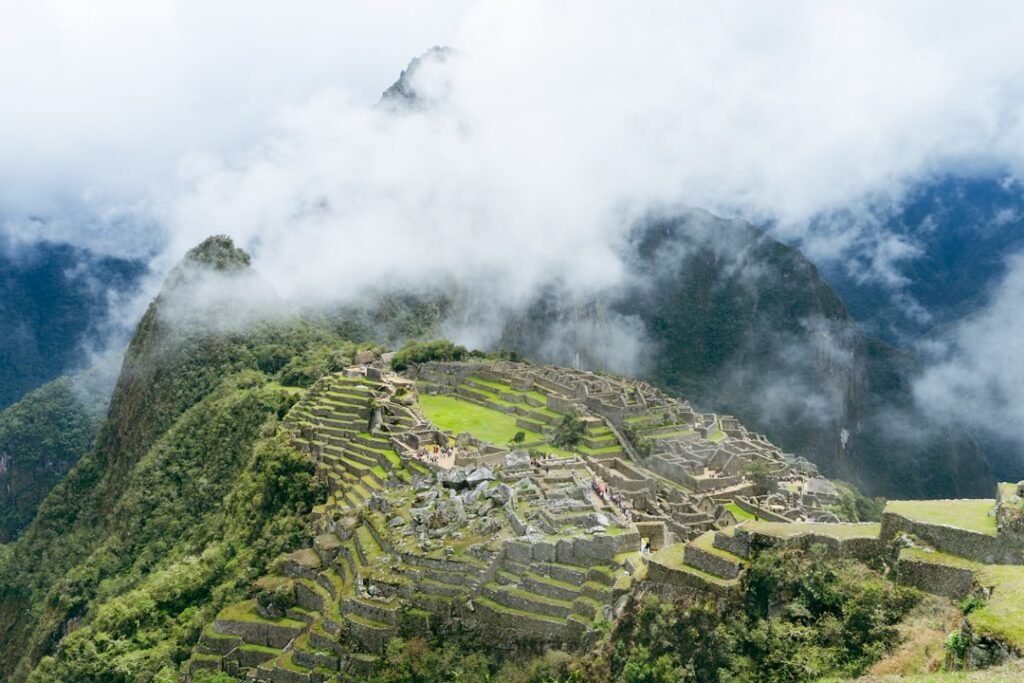Picture this: you’re casually reading about ancient history when suddenly everything you thought you knew gets turned upside down. That’s exactly what’s been happening recently as archaeologists uncover evidence that completely rewrites our understanding of prehistoric times. These aren’t just small tweaks to our knowledge – we’re talking about discoveries that shatter conventional wisdom and force us to reimagine how our ancestors lived, worked, and built civilizations thousands of years ago.
Ancient Bone Tools Push Back Human Technology by a Million Years
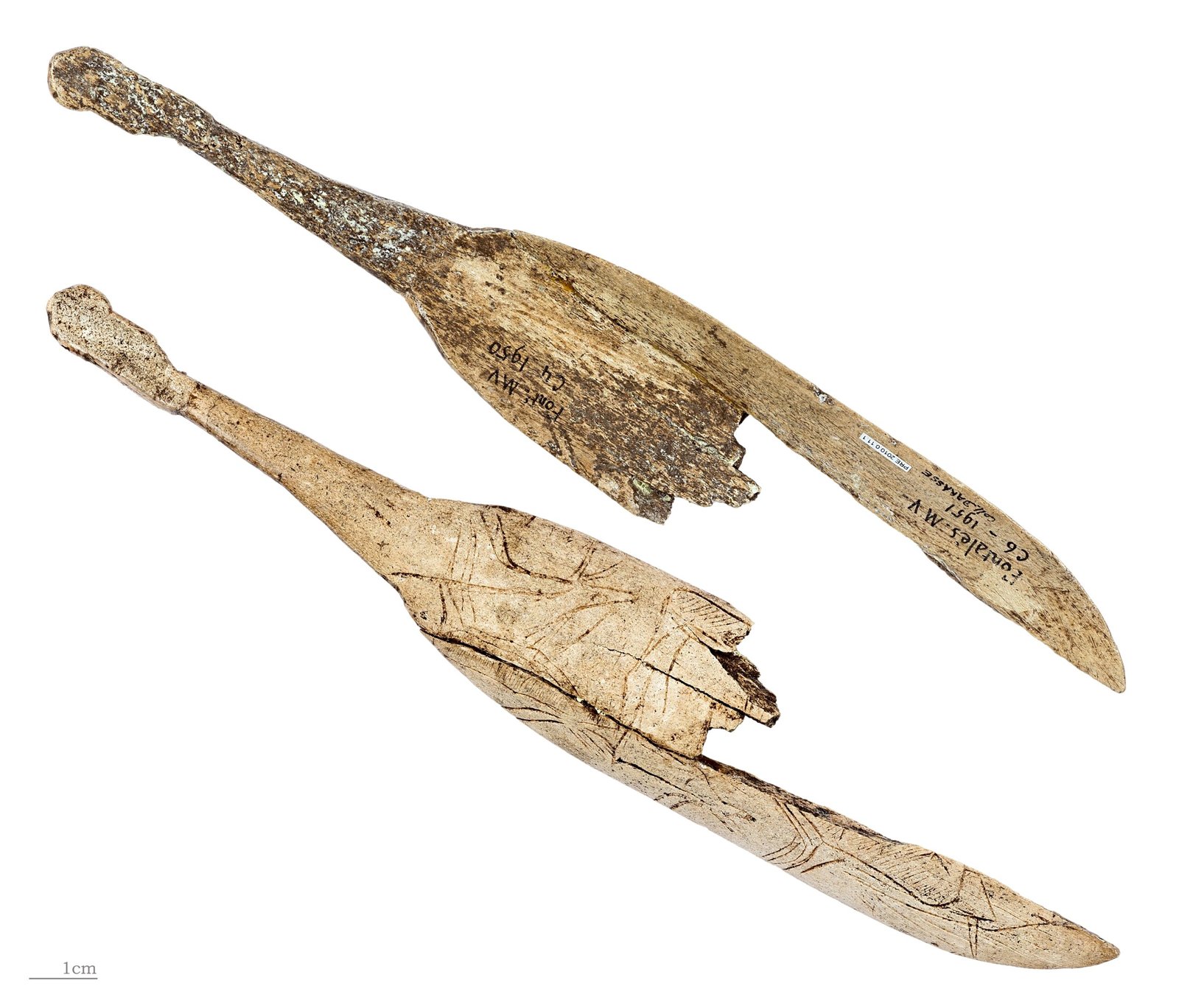
Scientists have made an absolutely mind-blowing discovery at Tanzania’s famous Olduvai Gorge – bone tools that are approximately 1.8-2 million years old, making them the oldest human-crafted bone tools on record. Think about that for a moment. These tools are significantly older than most previously found shaped bone implements.
The tools, crafted from hippo and elephant leg bones, were discovered at Olduvai Gorge in Tanzania and represent a technological leap that nobody saw coming. The hominins who created these tools “knew how to incorporate technical innovations by adapting their knowledge of stone work to the manipulation of bone remains,” indicating advances in cognitive abilities and mental structures. It’s like discovering that your great-great-great-grandmother was secretly a rocket scientist when everyone assumed she only knew how to bake bread.
The Amazon’s Hidden Metropolis Predates Everything We Knew

Using laser scanning technology, researchers have found traces of 2,500-year-old cities in the Amazon rainforest, complete with a complex network of farmland and roads – the oldest and largest discovery of its kind in the region, located in Ecuador’s Upano Valley. We’re not talking about a few scattered huts here. This was a sophisticated urban civilization that would make modern city planners jealous.
The settlements are at least 2500 years old, more than 1000 years older than any other known complex Amazonian society. The sprawling complex was likely occupied by people from the Kilamope and Upano cultures from about 500 B.C.E. until 300 to 600 C.E., with residents probably focused on agriculture, growing corn and sweet potatoes. Imagine an entire network of garden cities thriving in what we once thought was pristine, uninhabited jungle.
Revolutionary Lidar Technology Reveals Vanished Civilizations
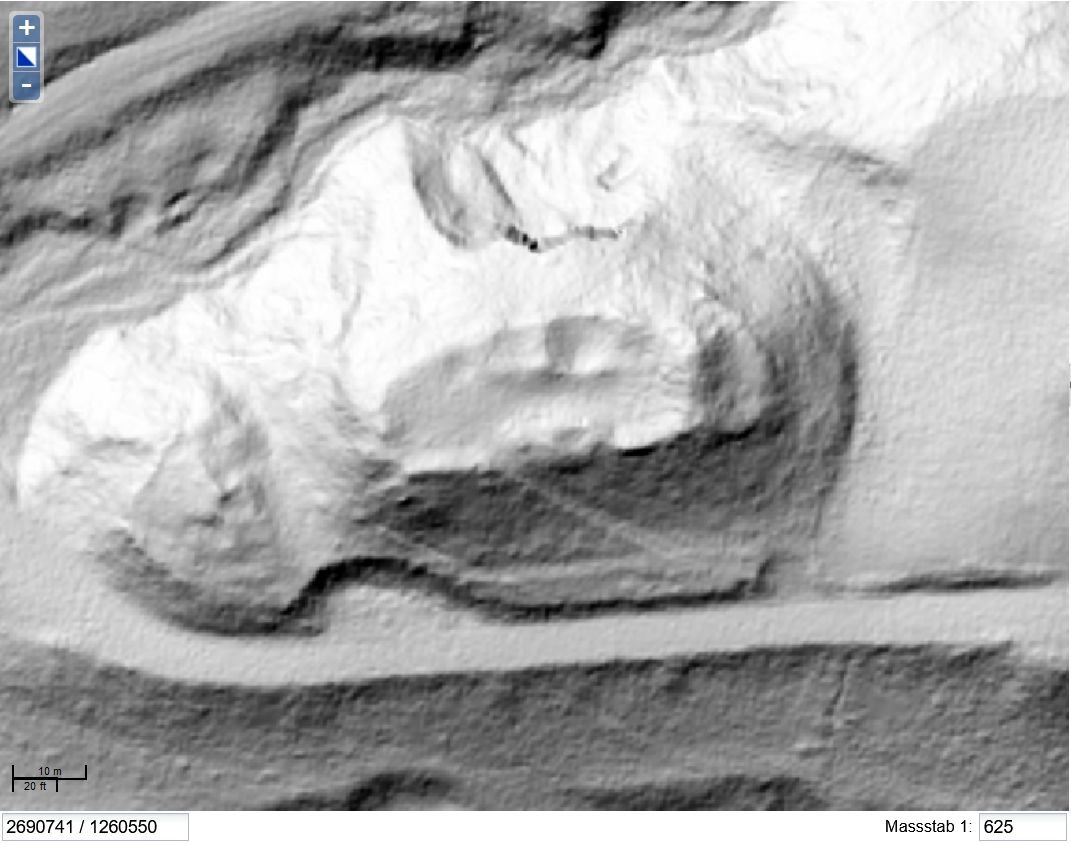
Beneath the tree canopy was a massive network of roughly 6,000 mounds – once homes and community spaces – clustered into 15 settlements and connected by an intricate road system, showing that the valley wasn’t simply a series of small villages but “an entirely human-engineered landscape”. The scale of this discovery is absolutely staggering when you consider it was completely hidden under dense forest.
Co-author Antoine Dorison describes the road network as “very sophisticated” – it extends over a vast distance with everything connected, carefully constructed to cross at right angles rather than follow the landscape. These weren’t random paths worn by foot traffic. This was deliberate, advanced urban planning that required serious coordination and engineering know-how. The precision suggests a level of social organization that challenges everything we thought about prehistoric Amazonian societies.
Chinese Jade Dragons Challenge Stone Age Assumptions
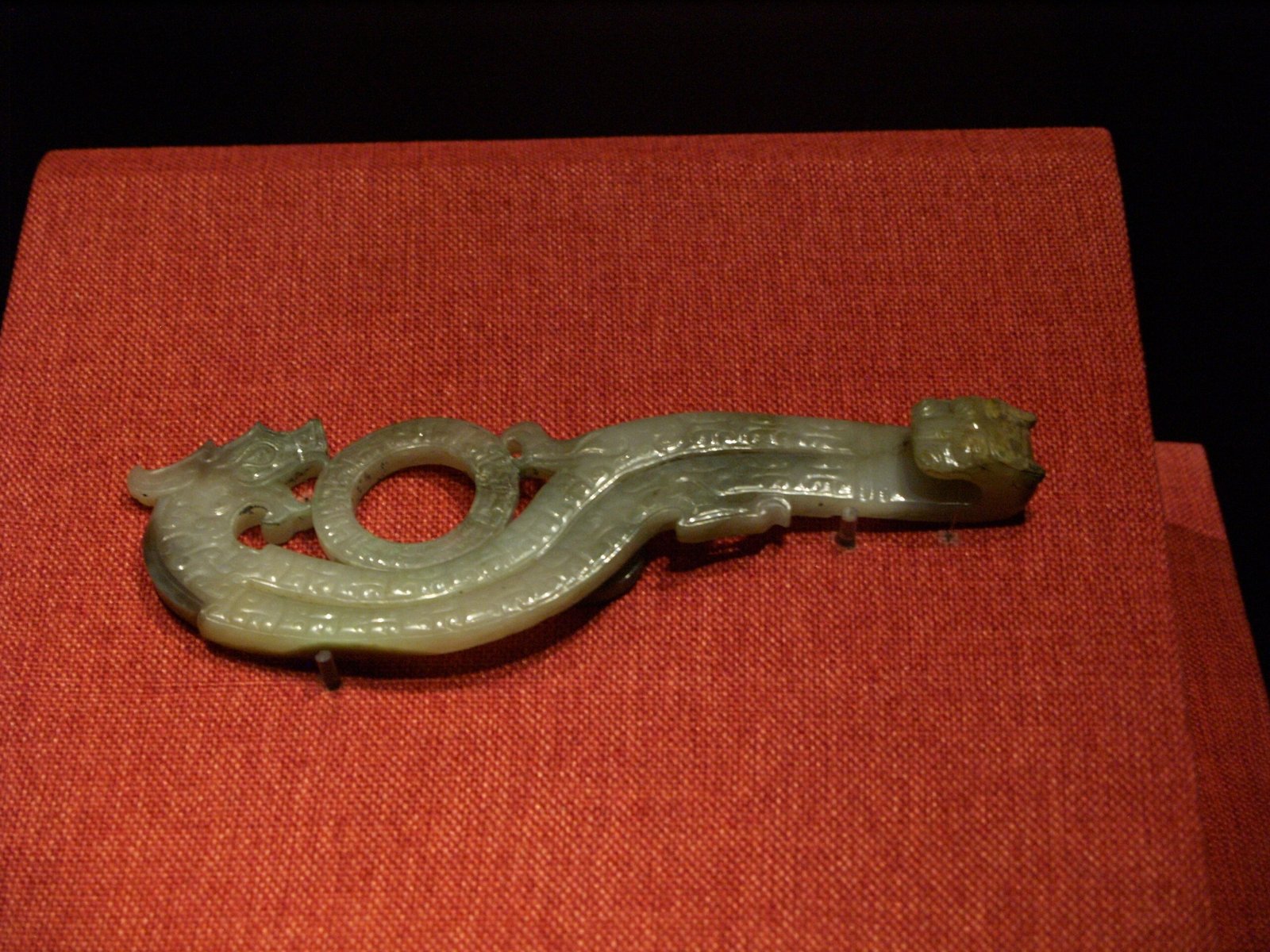
Three 5,000-year-old jade dragons of varying colors and sizes stood out among more than 100 Stone Age jade artifacts discovered at the Yuanbaoshan archaeological site in China’s Chifeng city, with an emerald green specimen roughly the size of a human hand being the largest of its kind ever unearthed in northern China, linked to the Hongshan culture. These aren’t just pretty trinkets – they represent sophisticated artistic and cultural traditions that existed much earlier than expected.
That culture produced some of the earliest known jade objects in the world, typically for burial rituals, with scientists believing the populations likely exchanged goods over long distances and moved south due to climate change roughly 4,000 years ago. It’s remarkable to think that our Stone Age ancestors had established trade networks and were creating intricate ceremonial objects while dealing with major environmental challenges. This discovery suggests prehistoric societies were far more connected and culturally sophisticated than we ever imagined.
Prehistoric Space Archaeology Opens New Frontiers
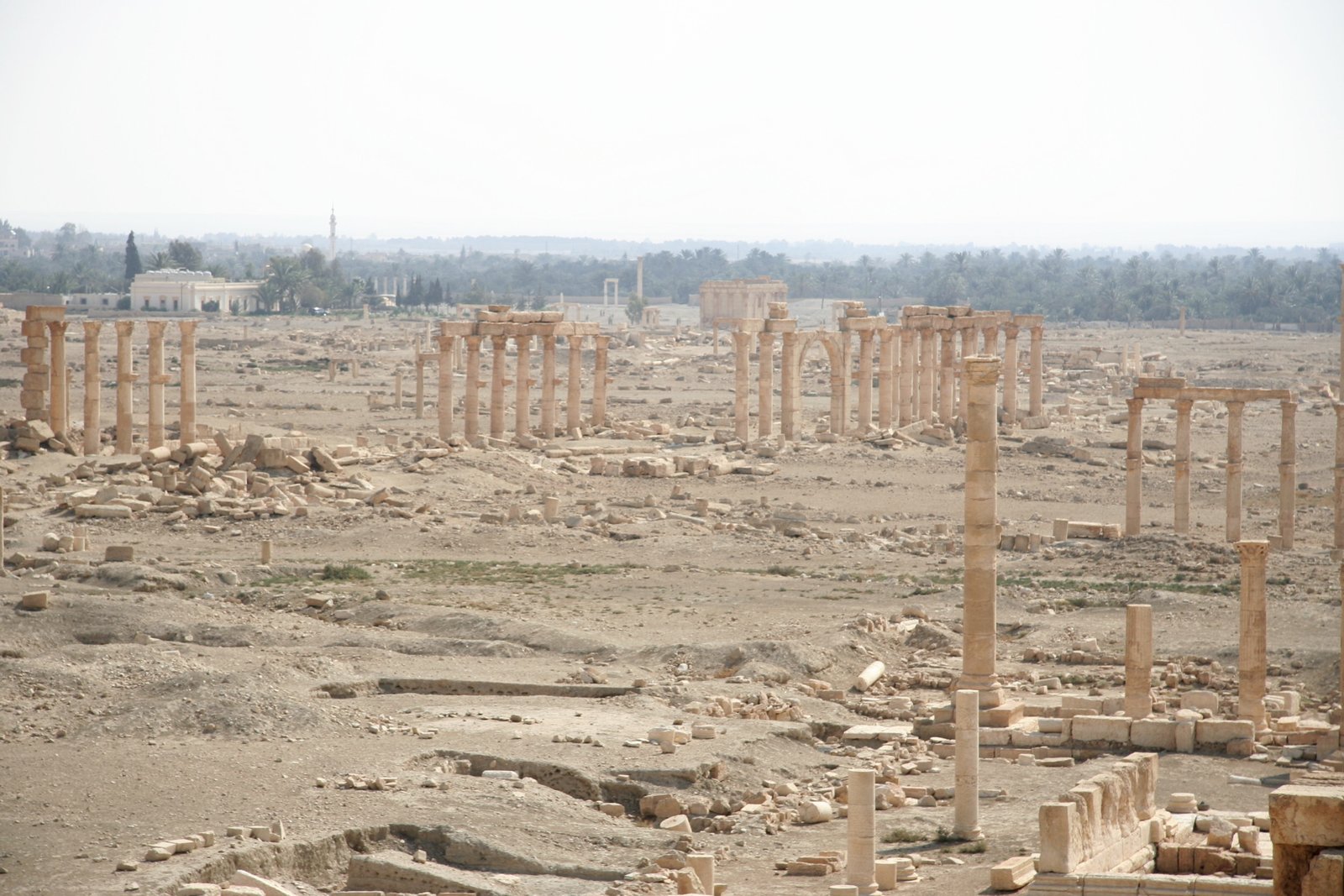
Here’s something you probably didn’t expect: results were published from the first archaeological work in space, the Sampling Quadrangle Assemblages Research Experiment (SQuARE) on the International Space Station, carried out in early 2022 and documented through daily photography by the ISS crew. While this isn’t exactly prehistoric in the traditional sense, it represents a revolutionary approach to understanding how humans create and modify their environments.
Two locations were analyzed: a “Maintenance Work Area” shown by archaeologists to have been used for storage rather than maintenance, and a wall near exercise equipment and the latrine where a crew member stored their toiletry kit. This groundbreaking work shows how archaeological methods can be applied to understand human behavior in any environment, even one hundreds of miles above Earth. It’s opening up entirely new ways to study how people adapt to and organize their living spaces.
Göbekli Tepe’s Cosmic Calendar Mystery

Some researchers have proposed that symbols at Göbekli Tepe may represent a prehistoric calendar possibly commemorating a comet strike, though this interpretation remains debated archaeological site in Turkey. This discovery suggests that our prehistoric ancestors weren’t just building impressive stone monuments – they were sophisticated astronomers who tracked celestial events with remarkable precision. Göbekli Tepe continues to challenge our assumptions about what hunter-gatherers were capable of accomplishing.
The implications are staggering when you consider that this site predates Stonehenge by thousands of years. These ancient people weren’t just surviving day to day – they were observing the cosmos, recording major astronomical events, and creating permanent monuments to commemorate them. It’s like discovering that people were doing advanced mathematics before we thought they’d invented the wheel.
Maya Mysteries Continue to Unfold

Discovery of a stela describing the founding of an ancient Maya city by archaeologists from the National Institute of Anthropology and History in the Cobá archaeological zone revealed a stela over 11 meters long containing 123 carved hieroglyphics arranged in quadrants, with inscriptions revealing the name of a previously unrevealed ruler, K’awiil Ch’ak Chéen. Every new Maya discovery seems to reveal that their civilization was even more complex and extensive than we realized.
What’s particularly exciting is that we’re still uncovering entirely unknown rulers and cities. It’s like finding missing chapters in a book you thought you’d already read cover to cover. Each new stela, each newly deciphered hieroglyph adds another piece to the puzzle of how sophisticated these ancient American civilizations really were. The Maya weren’t just impressive – they were operating at a level of complexity that rivals any ancient civilization anywhere in the world.
Why These Discoveries Matter So Much

What makes these findings absolutely revolutionary is how they challenge our most basic assumptions about prehistoric human capabilities. For decades, we’ve operated under the assumption that complex civilizations, advanced technology, and sophisticated urban planning were relatively recent developments in human history. These discoveries are forcing archaeologists to completely rethink those timelines.
The bone tools from Tanzania show that our ancestors were innovating with different materials much earlier than expected. The Amazonian cities prove that complex urban civilizations existed in places we thought were wilderness. The space archaeology demonstrates that archaeological methods can revolutionize our understanding of human behavior in any environment. Each discovery builds on the others to paint a picture of prehistoric humans who were far more ingenious, organized, and capable than we ever gave them credit for.
Conclusion: Rewriting the Human Story
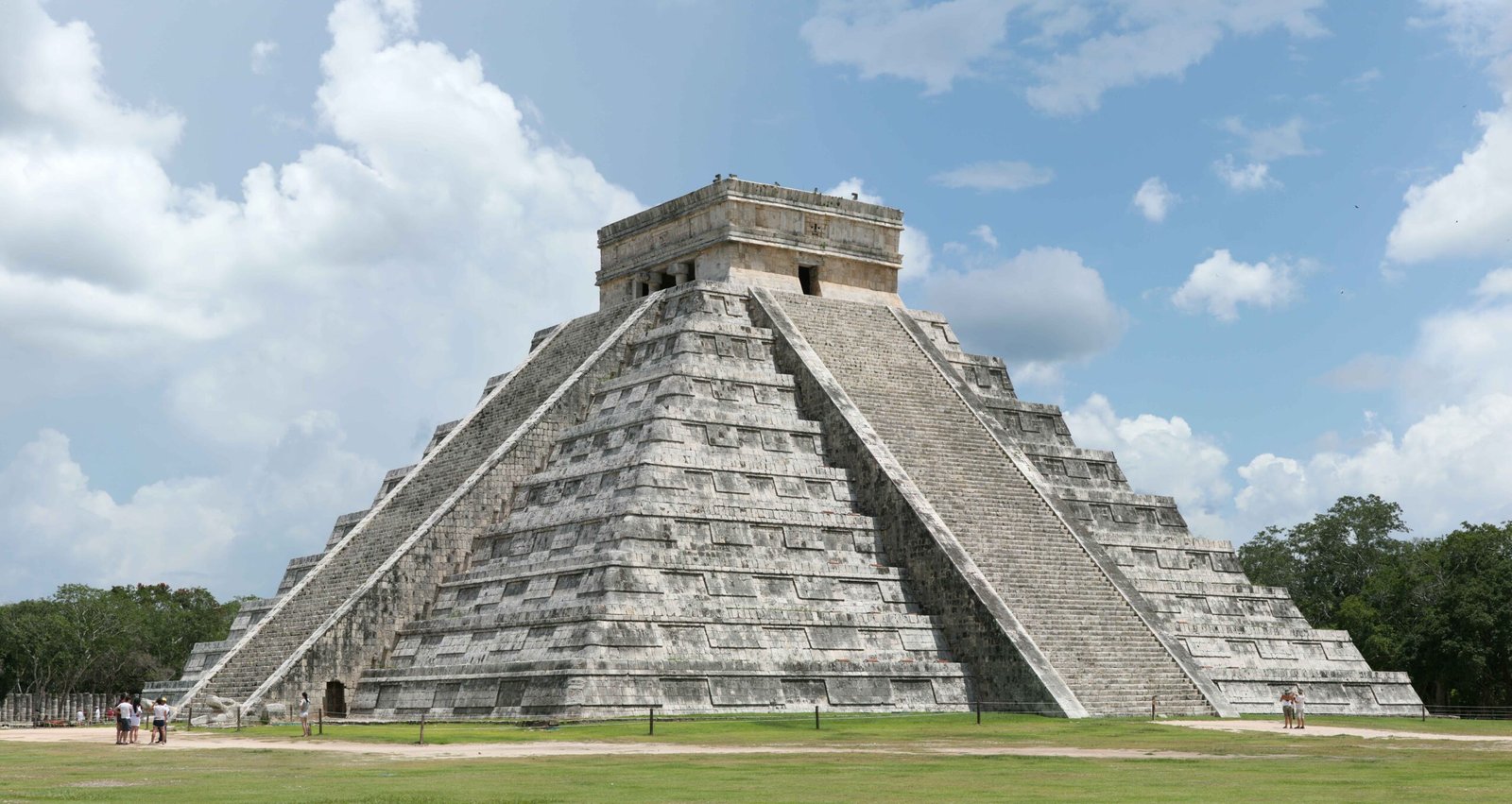
These five discoveries represent just the tip of the iceberg when it comes to revolutionary archaeological finds that are reshaping our understanding of prehistoric life. From million-year-old bone tools to hidden Amazonian metropolises, from cosmic calendars to space archaeology, each finding forces us to acknowledge that our ancestors were far more sophisticated than we ever imagined.
What’s most exciting is that we’re living through this revolution in real time. Every new archaeological season brings the potential for discoveries that could completely upend what we thought we knew about human history. The story of our species is being rewritten before our eyes, and it’s a far more impressive tale than we ever dared to dream. What other secrets are still buried out there, waiting to surprise us?

